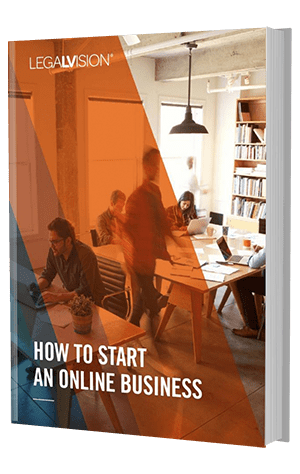Since software as a service is available online, it depends on many different third parties to enable the full functionality of the SaaS. This dependence can be both an advantage and a challenge. This article will explore the use of third party inputs and open source code, and what you must consider for your business.
What is a Third Party Input?
A third party input can be any service you connect to, integrate with or use to provide your SaaS. Some examples include:
- source code;
- plugins;
- data; or
- the cloud system that hosts the key data that supports your software.
Since your SaaS is hosted online, there will be third party inputs that support this, such as a cloud storage provider. You may also choose to use a customer resource manager, or leverage the tools of other service providers to manage aspects of the SaaS that are not in your area of expertise.
There can be differing types of third party inputs. Some third party inputs are essential to your SaaS, such as the cloud hosting services or open source software to build your SaaS. You may build your SaaS with optionality for clients and end users. This allows them to select which services they incorporate into their experience of the SaaS.
Advantages and Risks
Using third party inputs allows you to leverage the highly sophisticated capabilities of other software and providers. This can elevate your SaaS offering, add unique features and provide security for your service. For instance, you may incorporate data hosting as a part of your service by cloud hosting and web storage (such as AWS).
However, third party inputs can also complicate what you can offer. You will need to coordinate with and be aware of the limits of the third party and how this may affect your service. A key risk is that you may relinquish some control of your SaaS and what it can offer.
Furthermore, reliance is always a risk to consider. For example, if you engage a third-party data host, and the host’s server goes down, your SaaS could also crash. As a result, your customers would not be able to use it. This can prove to be problematic when considering the service levels you have promised customers and guarantees of overall availability. Further, suppose there are issues with data security or a data breach. In that case, you will need to consider the role of your business and your legal responsibility in responding to and dealing with this data breach.
After doing your due diligence on which third party inputs work best for your SaaS, it is important to put in place a SaaS Agreement which describes your responsibilities concerning third-party inputs.
These key issues can prove challenging for your SaaS if not adequately addressed. However, if handled in your agreement, you provide clarity for your users and take advantage of the offerings of other businesses. Consequently, you can improve your own SaaS offering.
Continue reading this article below the formWho is Responsible?
Third party inputs naturally function as independent services with their own terms and conditions. Reading, knowing and understanding these terms is essential before integrating them with your SaaS.
Some key things to read over will be:
- who owns any intellectual property that the third party input creates;
- what kind of licences the third party input grants you;
- any fees that may apply to the use of the third party input;
- whether the third party has any rights to the data your customers upload; and
- what happens if the third party input experiences a failure or has to undergo maintenance.
Understanding these terms means that you may be able to pass them on to customers and appropriately cover all aspects of the use of your SaaS. In addition, it will clarify who is responsible for what, per the terms you have read.
Open Source Code
A common third party input is open source code. It is common practice to incorporate pieces of open source code into your SaaS as you build and test it. However, this is not without conditions. Often, it is accompanied by terms and conditions or a licence on how you may use the code.
A common licence attached to open source software is “copyleft”.
This means that any software product containing an open source copyleft license, even when it is only a few lines out of mountains of code, must make its entire source code available for free, along with the rights to modify and distribute it.
Other open source software may have other types of licenses with particular terms and conditions. Having these licenses reviewed by a lawyer will be important to ensure your compliance and what you can pass on to end users. This will protect your SaaS and your business and prevent any future issues.

It’s now easier than ever to start a business online. But growing and sustaining an online business requires a great deal of attention and planning.
This How to Start an Online Business Manual covers all the essential topics you need to know about starting your online business.
The publication also includes eight case studies featuring leading Australian businesses and online influencers.
Key Takeaways
While the availability of SaaS online can be beneficial, it brings additional requirements. For example, many third parties are required to enable the full functionality of the SaaS. You must consider the advantages and risks of using third party inputs. Additionally, you must consider who is responsible, particularly pertaining to issues of intellectual property and system failures and maintenance. Furthermore, you may consider whether open source code is appropriate for you.
If you need help with third party inputs or open source code, our experienced IT lawyers can assist as part of our LegalVision membership. For a low monthly fee, you will have unlimited access to lawyers to answer your questions and draft and review your documents. Call us today on 1300 544 755 or visit our membership page.
Frequently Asked Questions
A third party input can be any service you connect to, integrate with or use to provide your SaaS. Some examples include source code, plugins, data or the cloud system that hosts the key data that supports your software.
Copyleft is a licensing method where the software program or components remain free but requires that all modified and extended versions of the program are also made free and released under the same terms and conditions.
We appreciate your feedback – your submission has been successfully received.







